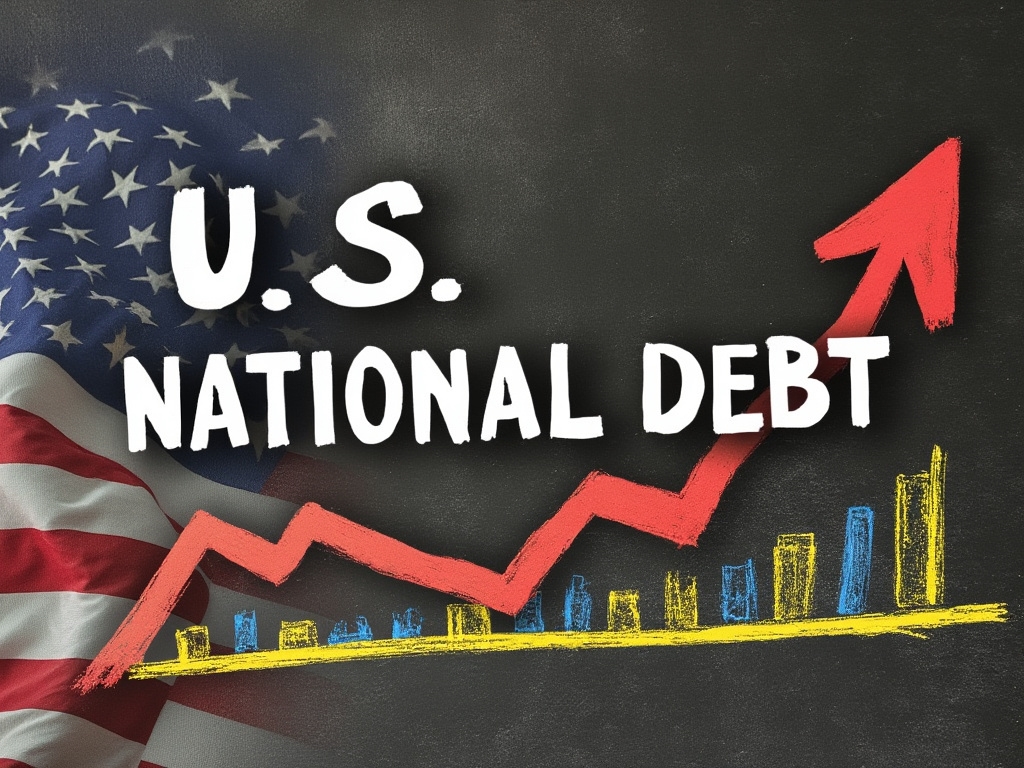Determining the ripple effects of monetary policy changes is crucial in today’s economic environment. The Federal Reserve’s recent decision to lower the interest rate have led to unexpected reactions in the bond market. Jerome Powell, the Fed’s chair, attempted to lower overnight interest rates, anticipating a decline in borrowing costs. Instead, yields on long-term bonds, such as 10-year U.S. Treasuries, increased sharply. This raises concerns about repeating past economic missteps that could lead to entrenched inflation.
The bond market’s sensitivity to inflation highlights a growing demand for higher safety margins from investors. Historical parallels suggest that premature rate cuts without controlling inflation can have dire outcomes. Similar strategies in the past have triggered prolonged periods of economic stagnation and double-digit inflation. There is a concern that such initiatives can increase borrowing costs rather than reduce them, as intended. This approach not only affects markets but also impacts consumer affordability, particularly in housing and insurance.
Key Takeaways
- The bond market’s unexpected response challenges the Fed’s strategy.
- Historical rate cuts highlight risks of entrenched inflation.
- Rising costs contribute to broader economic challenges.
Download our Free Precious Metals Starter Kit
Interest Rate, U.S. Debt, and Bank Collapse

There are major concerns about the financial health of major institutions and economic indicators. One of the most pressing topics is the impact of rising 10-year Treasury yields on American banks. As yields near 4.5%, this suggests potential losses in “Held to Maturity” securities could lead to further bank runs, similar to what occurred at Silicon Valley Bank and First Republic. This is reportedly due to specific accounting practices that conceal significant investment losses.
Warren Buffett’s decision to sell his Bank of America shares underlines this broader concern about potential hidden financial risks. Certain accounting standards enable banks to obscure losses from the public. This secrecy poses a significant risk to investors who might not be aware of the true state of these financial institutions.
What is most concerning is the massive sale of bank stocks by leading investment firms. He notes that Buffett’s Berkshire Hathaway, which has recently sold substantial shares in banks like Wells Fargo, Bank of America, and JP Morgan, is a clear indication of a deeper concern. Additionally, other investment firms like Bridgewater have offloaded bank stocks, further pointing to potential instability in the banking sector.
Let’s not shy away from predicting broader economic troubles either. The IMF alerts on U.S. debt, suggesting an impending crisis due to excessive borrowings and fiscal deficits. This scenario mirrors past colonial monetary practices, hinting at adverse consequences for the global economy.
The implications of these financial concerns aren’t limited to banks and investors. This also links with broader societal impacts, such as declining living standards in the U.S. and worsening indicators like life expectancy and infant mortality rates, which are attributed to ineffective policies and systemic inefficiencies in sectors like healthcare.
Moreover, the looming demographic and economic challenges facing the U.S. With a significant portion of federal spending going towards direct payment programs, and a decreasing number of taxpayers relative to beneficiaries, increasing the possibility of a nearing fiscal crisis, possibly by 2026. This emphasizes the unsustainable nature of current economic policies and their long-term repercussions.
These insights provide a stark perspective of the economic and financial landscape. We must emphasize the need for increased transparency and reform to avert future crises. As major financial players like Elon Musk and large corporations navigate these turbulent waters, this analysis serves as a critical resource for understanding potential risks and areas needing urgent attention.
Let us help you secure your financial future with precious metals. Simply fill out the form to access our FREE Precious Metals Starter Kit PDF to get started.